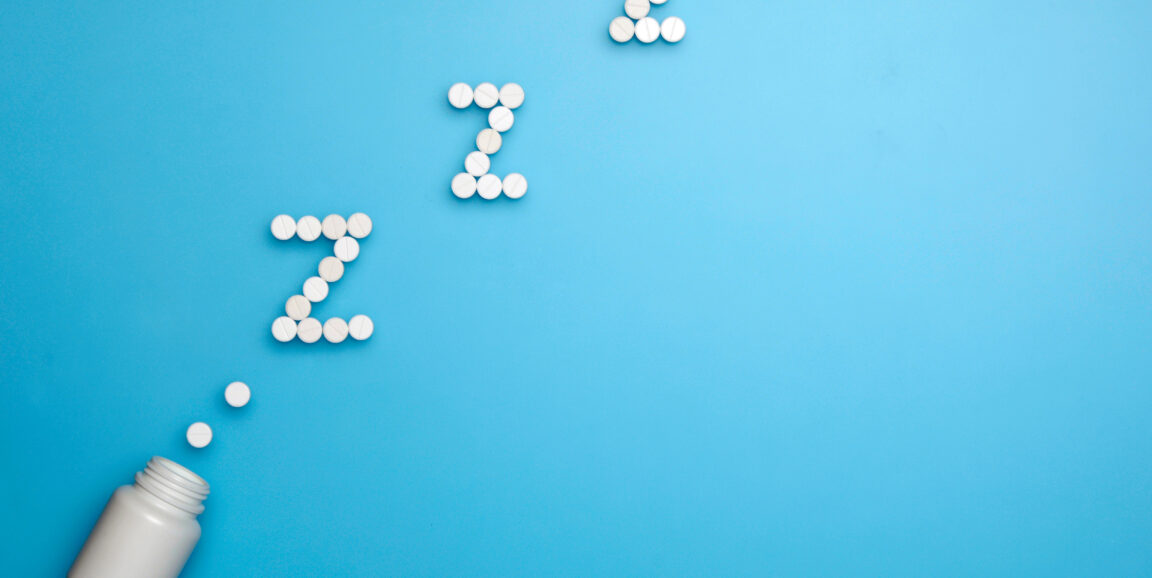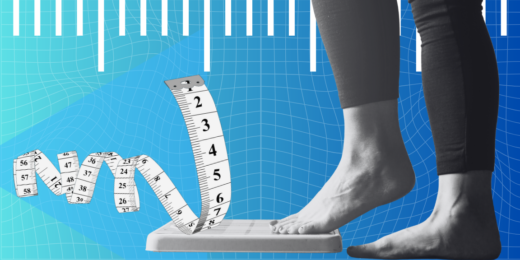If what works in mice works in people, a widely popular sleeping pill could someday start seeing action as an aid to stroke recovery, according to a study carried out by Stanford neuroscientists Gary Steinberg, MD, PhD, and Tonya Bliss, PhD, and published in Brain.
Count to 40. Chances are that sometime between when you start and when you finish, someone in the United States will experience a stroke. That's how common they are: about 800,000 strokes every year in the U.S., and - far from being confined to rich countries - around 35 million worldwide.
But that's just the number of new strokes annually. Unfortunately, a stroke isn't something you just get and then get over. Few people fully recover, leaving some 5.4 million Americans currently saddled with stroke-caused disabilities.
The main way for anyone incurring a stroke to minimize its damage is to get to a treatment center right away. As I wrote in a news release summarizing the study's findings:
A stroke's initial damage, which arises when the blood supply to part of the brain is blocked, occurs within the first several hours. Drugs and mechanical devices for clearing the blockage are available, but to be effective they must be initiated within several hours of the stroke's onset. As a result, fewer than 10 percent of stroke patients benefit from them.
I repeat: Get to a treatment center right away. Don't wait "to see if it blows over." But since even in the best-case scenario many stroke sufferers will sustain some brain damage, the next best thing is a treatment that could help undo that damage - if only there were one.
Sad to say, no effective treatments during the recovery phase exist other than physical therapy, which has been shown to be only marginally successful. So anything that could enhance patients' recovery during the three- to six-month post-stroke period when 90 percent of whatever recovery a patient's going to experience occurs, as a rule, would be a home run.
In their study, Steinberg, Bliss and their colleagues swung for the fences. They induced strokes in animal models, then waited for a few days to make sure that what they planned to do next, if it helped, was working during the recovery phase rather than the rush-rush damage-control phase.
Then they gave some of the mice the FDA-approved insomnia drug zolpidem (better known by the trade name Ambien) and others a control solution that did not contain the drug. Over the next month, they compared the mice's performance on various tests of sensory and motor-coordination ability. By several measures, the zolpidem-treated mice were back at their pre-stroke levels within a few days of treatment; the control mice took the entire month. (Unlike humans, mice do eventually recover from strokes even when untreated.)
Mice are mice, and humans are humans. But Zolpidem's already-on-the-market status greatly improves the prospects for clinical trials of the drug. And wouldn't it be ironic if faculties slumbering under a stroke's spell could be awakened by a pill designed to put us asleep?
Previously: Targeted brain stimulation of specific brain cells aids stroke recovery in mice, Calling all pharmacologists: Stroke-recovery mechanism found, small molecule needed and Brain sponge: Stroke treatment may extend time to prevent brain damage
Photo by Людмила Короткова




